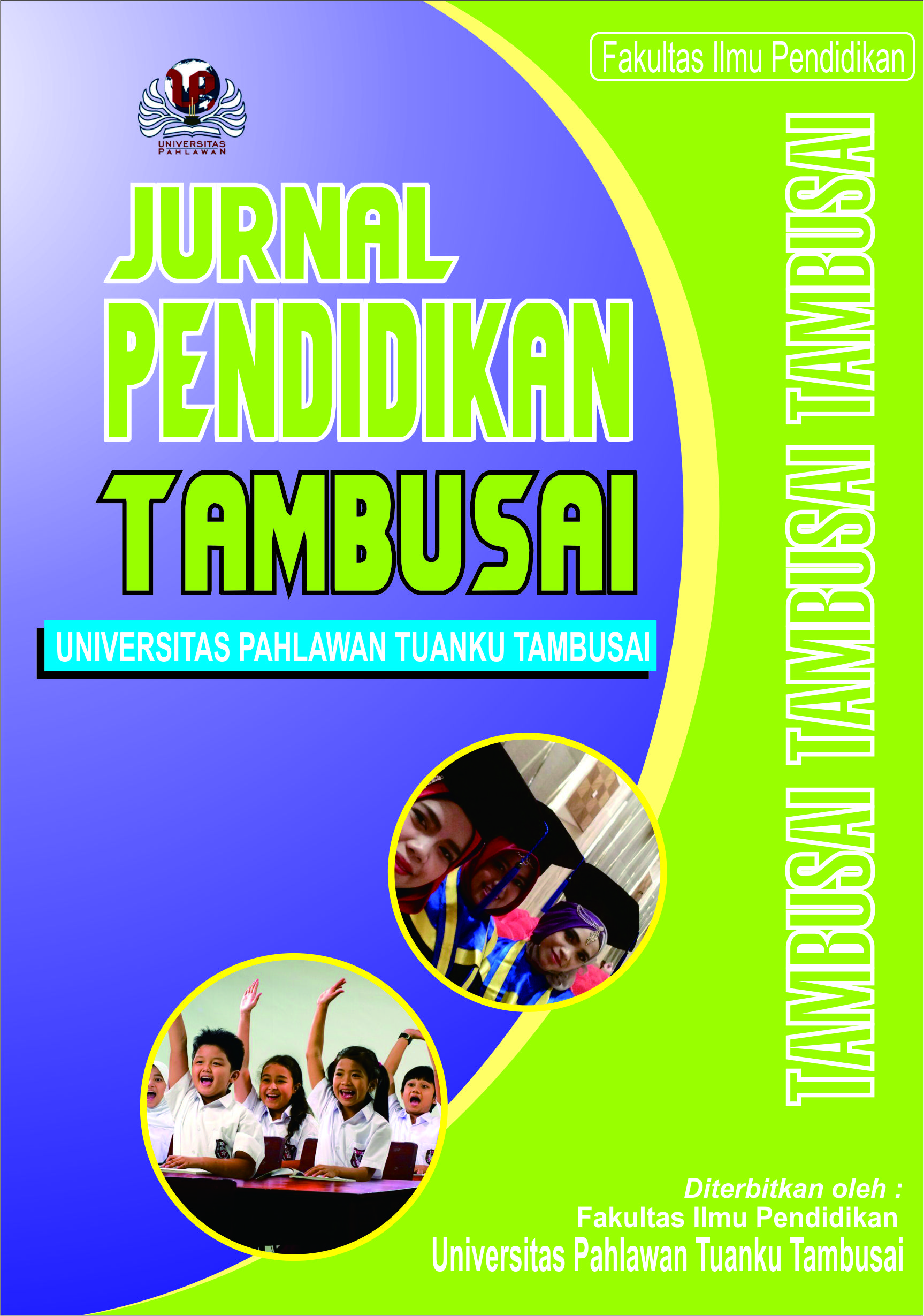Hubungan Lama Kerja terhadap Infeksi Telur Cacing STH pada Sampel Kuku Tangan Petugas TPST X dengan Metode Sedimentasi KOH 10%
Keywords:
Soil Transmitted Helmint (STH), Lama Kerja, TPSTAbstract
Soil Transmitted Helmint (STH) ialah jenis cacing nematoda yang membutuhkan tanah guna mengembangkan wujud infektifnya. Beragam cacing STH yang cukup berpeluang mengakibatkan infeksi ialah Ascaris lumbricoides, Trichuris trichiura, Ancylostoma duodenale, serta Necator americanus. Berbagai perihal yang berkaitan disertai tingginya prevalensi STH pada Indonesia misalnya ialah iklim tropis yang selaras guna perkembangan telur, padatnya masyarakat, kebiasaan warga guna kehidupan sehat yang cukup kurang, serta sanitasi yang buruk. Pekerja yang berhubungan erat dengan infeksi STH ialah petugas tempat pengelolah sampah terpadu (TPST) merupakan kelompok pekerja yang cukup sering melaksanakan tatap muka dengan sampah serta bertahan lama pada lingkungan kotor. Penelitian ini bertujuan ingin menganalisis apakah lama kerja berpengaruh terhadap infeksi STH pada petugas TPST X. Tipe temuan yang dipakai pada temuan ini yaitu deskriptif kuantitatif melalui pendekatan cross sectional. Hasil temuan menunjukkan tidak ada hubungan diantara Lama Kerja terhadap Infeksi Telur Cacing STH (Ascaris lumbricoides) pada petugas TPST X, disertai nilai p= 0,476 dapat diartikan > a 0,05.
Downloads
Published
How to Cite
Issue
Section
Citation Check
License
Copyright (c) 2024 Alan Zawari

This work is licensed under a Creative Commons Attribution-ShareAlike 4.0 International License.
Authors who publish with this journal agree to the following terms:
- Authors retain copyright and grant the journal right of first publication with the work simultaneously licensed under a Creative Commons Attribution License that allows others to share the work with an acknowledgement of the work’s authorship and initial publication in this journal.
- Authors are able to enter into separate, additional contractual arrangements for the non-exclusive distribution of the journal’s published version of the work (e.g., post it to an institutional repository or publish it in a book), with an acknowledgement of its initial publication in this journal.
- Authors are permitted and encouraged to post their work online (e.g., in institutional repositories or on their website) prior to and during the submission process, as it can lead to productive exchanges, as well as earlier and greater citation of published work (See The Effect of Open Access).



